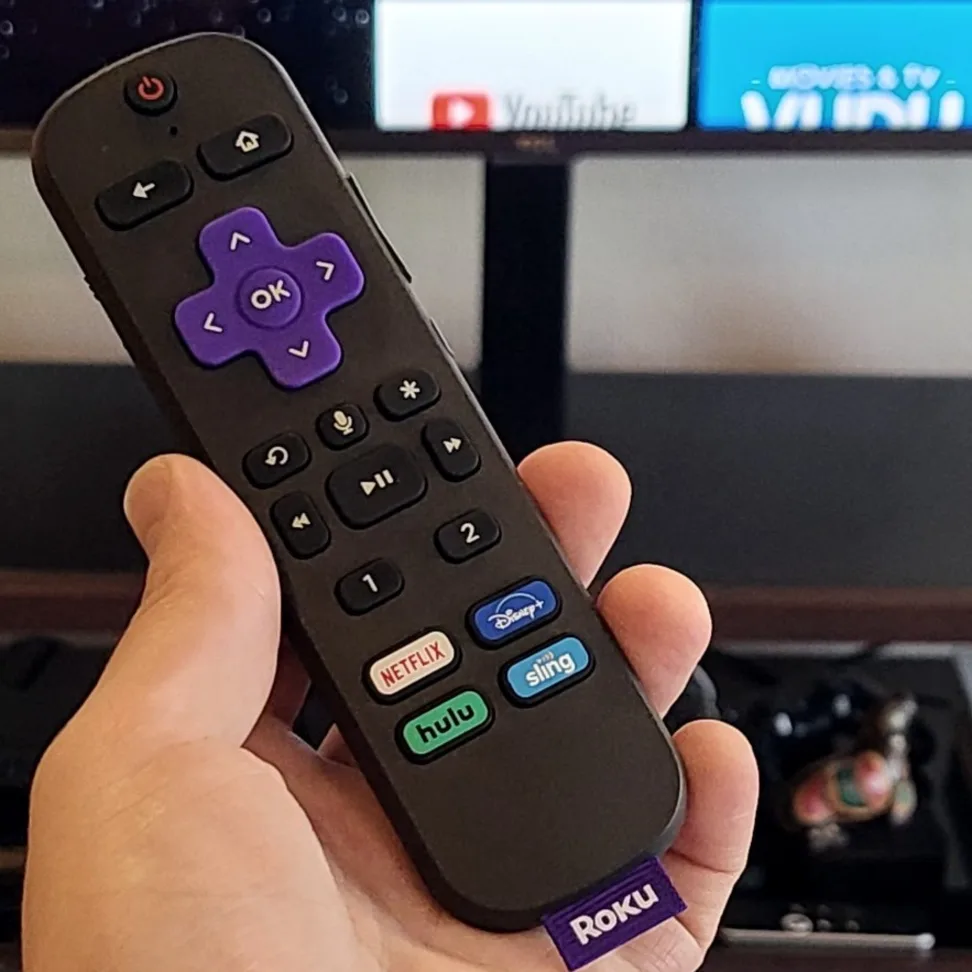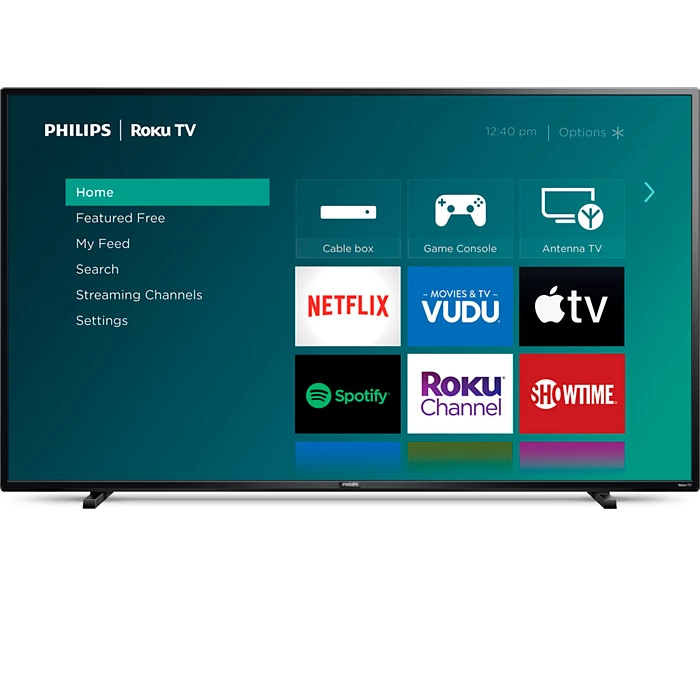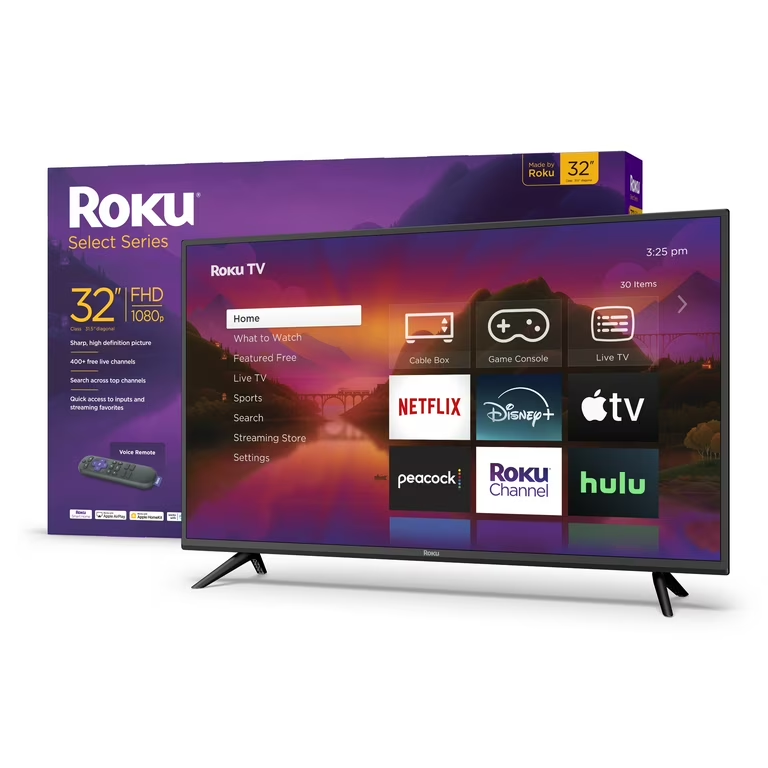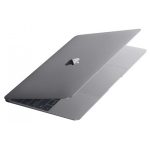Identifying the Problem: Common Symptoms and Quick Checks
When your Roku TV screen goes black and you’re left wondering ‘why is my roku tv screen black but i can hear it,’ it’s crucial to start with basic troubleshooting. Identifying the problem involves recognizing common symptoms beyond the black screen, such as whether the TV responds to remote control commands or if there is any visible light from the screen. Quick checks can include ensuring the TV isn’t accidentally muted, checking if the ‘blank screen’ function is activated, and confirming that the TV is set to the correct input source. These initial steps help determine if the issue is with the display or another part of the TV system. By understanding the symptoms, you’ll pave the way for specific troubleshooting techniques to bring the visuals back to your Roku TV.
Troubleshooting Step 1: Checking the Hardware Connections
A proper look at hardware connections can often solve the ‘why is my roku tv screen black but i can hear it’ puzzle. Begin by inspecting each physical component that connects to your Roku TV – cables, ports, and the power supply.
Inspecting HDMI Cables and Ports
Start with your HDMI cables. Ensure they are snugly connected at both ends: the TV and your device. A loose cable might be why your TV screen remains black. Check for any signs of damage on the cables and replace them if needed. Do the same for the HDMI ports on the TV; dirt or damage here could also lead to problems.
Verifying Power Supply and Outlet Functionality
Next, verify the power supply and outlet functionality. Make sure the TV’s power cord is firmly plugged into a working wall outlet. It helps to try a different outlet to rule out the possibility of the issue being with your power source. If you’re using a power strip or surge protector, test it with another device to confirm it’s functioning properly. These steps can help restore the video feed to your Roku TV.

Troubleshooting Step 2: Power Cycling Your Roku TV
When you face the issue ‘why is my roku tv screen black but i can hear it,’ power cycling can be your next step. This method involves turning your TV off and on again, which can reset the system and resolve temporary glitches. It’s a simple but effective way to attempt fixing the black screen without delving into more complex solutions.
The Correct Way to Power Cycle
To properly power cycle your Roku TV, start by turning off the TV using the remote. Unplug the power cord from the outlet and wait for about 60 seconds. During this time, the TV discharges any residual electricity, which might be interfering with its normal operations. After the minute is up, plug the power cord back in and turn on your TV. This process is often enough to solve minor issues including a black screen.
Assessing Results After Power Cycling
After power cycling, check if your Roku TV’s screen is back to normal. Pay attention to whether the screen lights up during the boot process. If the black screen persists, listen for the typical sound of the home screen. This indicates the TV is operational but still facing display issues. If power cycling did not resolve the problem, it suggests that deeper issues might require more advanced troubleshooting steps.

Troubleshooting Step 3: Adjusting Display Settings
If ‘why is my roku tv screen black but i can hear it’ remains unanswered, it’s time to adjust your Roku TV’s display settings. Although the screen is black, you can still navigate the menu using audio cues.
Exploring the Roku TV Menu Using Audio Guidance
Roku TV features an audio guide to help visually impaired users. Activate it by pressing the star (*) button on your remote four times quickly. Listen to the spoken menu options and navigate accordingly, even without a visible screen. This tool can guide you through the settings to troubleshoot the display issue.
Adjusting Resolution and Refresh Rate
Sometimes, the wrong resolution or refresh rate can cause display issues. In the menu, locate ‘Display type’ or ‘Display settings’. Using audio guidance, select these options and try different resolutions or refresh rates. Your TV might return to normal if you match the screen settings with your TV’s capabilities.
Troubleshooting Step 4: System Restart and Factory Reset
Sometimes, more in-depth measures are necessary to resolve the “why is my roku tv screen black but i can hear it” issue.
Performing a System Restart Through the Menu
A system restart can often clear persistent glitches. Without a screen, use the audio guide (press * button four times quickly) to navigate. Find ‘System’ and then ‘System restart’. Follow audio instructions to perform the restart. This may clear the black screen issue.
When and How to Execute a Factory Reset
If a restart doesn’t help, consider a factory reset. This reverts your TV to original settings. Use the audio guide to find ‘System’ then ‘Advanced system settings’, and finally ‘Factory reset’. Only do this as a last resort, as you will lose all personal settings and preferences.
Advanced Solutions: Firmware Updates and Professional Help
When basic troubleshooting steps don’t fix the ‘why is my roku tv screen black but i can hear it’ issue, advanced solutions come into play. The two main routes are updating your Roku TV’s firmware and seeking professional support for possible hardware issues.
Checking for Roku TV Software Updates
Ensuring your Roku TV’s firmware is up-to-date is crucial. Sometimes, a black screen is the result of outdated software. To check for updates, use the audio guide feature by pressing the star (*) button on your remote four times. Follow the spoken instructions to reach the ‘Settings’ menu, then select ‘System’ and ‘System update’. Apply any available updates and reboot your TV to see if the problem resolves.
Remember not to interrupt the update process, as this can cause more issues. If the screen is still black after the update, it could indicate a hardware problem that needs professional attention.
Seeking Technical Support for Hardware Issues
If all else fails, it might be time to call in the pros. When you suspect a hardware malfunction, reach out to Roku’s customer support or a licensed technician. They have the tools and expertise to diagnose issues beyond simple troubleshooting. Explain the steps you’ve taken and detail the symptoms. They might offer additional instructions or suggest in-person repairs.
Professional help ensures your TV is in capable hands. If your warranty is still valid, repairs or replacement parts may be covered. Never attempt to open or fix internal components unless you are qualified; doing so can void warranties and potentially worsen the problem.
By exploring these advanced solutions, you give your Roku TV the best chance of recovering from a black screen issue while keeping your hardware safe.

Preventing Future Black Screen Problems
Once you’ve resolved the ‘why is my roku tv screen black but i can hear it’ issue, it’s essential to take proactive steps to prevent similar problems in the future. By understanding what causes these issues and following regular maintenance tips, you can keep your Roku TV in top shape and reduce the likelihood of encountering a black screen again.
Regular Maintenance Tips
- Check your connections: Regularly ensure that all cables and ports are secure and undamaged, preventing loose or faulty connections.
- Update software: Keep your Roku TV’s firmware current by checking for updates in the ‘System update’ section of the ‘Settings’ menu.
- Power management: Avoid leaving your TV on when not in use, which can help to prevent overheating and extend the lifespan of the components.
- Dust and clean: Gently clean your TV’s screen and vents with appropriate tools to avoid dust buildup, which can affect functionality.
- Surge protection: Use a surge protector to shield your Roku TV from power surges, which could cause a black screen or other issues.
Understanding the Causes to Avoid Repetition
By identifying common triggers for the black screen issue, you can take steps to avoid them:
- Overheating: Ensure there’s good ventilation around your TV to prevent overheating, which can lead to screen and component damage.
- Incorrect settings: Familiarize yourself with your TV’s display settings and avoid setting resolutions or refresh rates that are not supported.
- Hardware wear and tear: Recognize that over time, components may degrade. Be prepared to replace HDMI cables or other parts as needed.
In summary, prevention is about staying vigilant with maintenance and being informed on the inner workings of your Roku TV. Keeping these tips in mind can save you from future frustrations of a black screen scenario.


